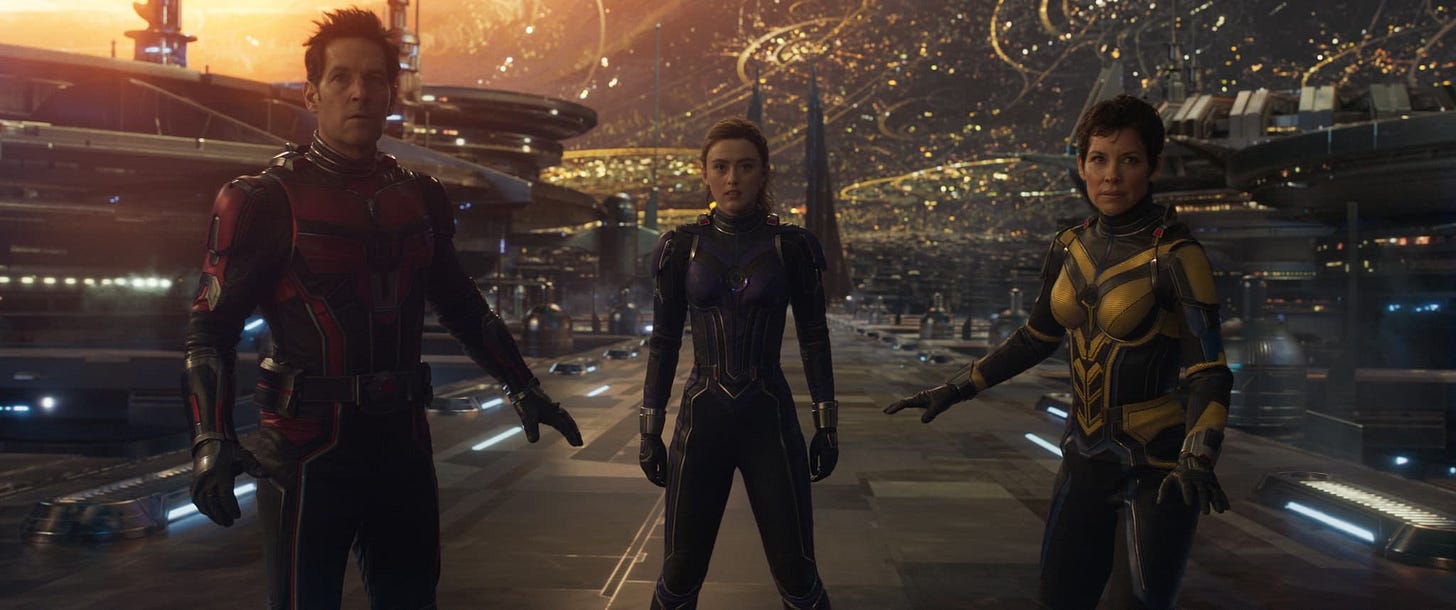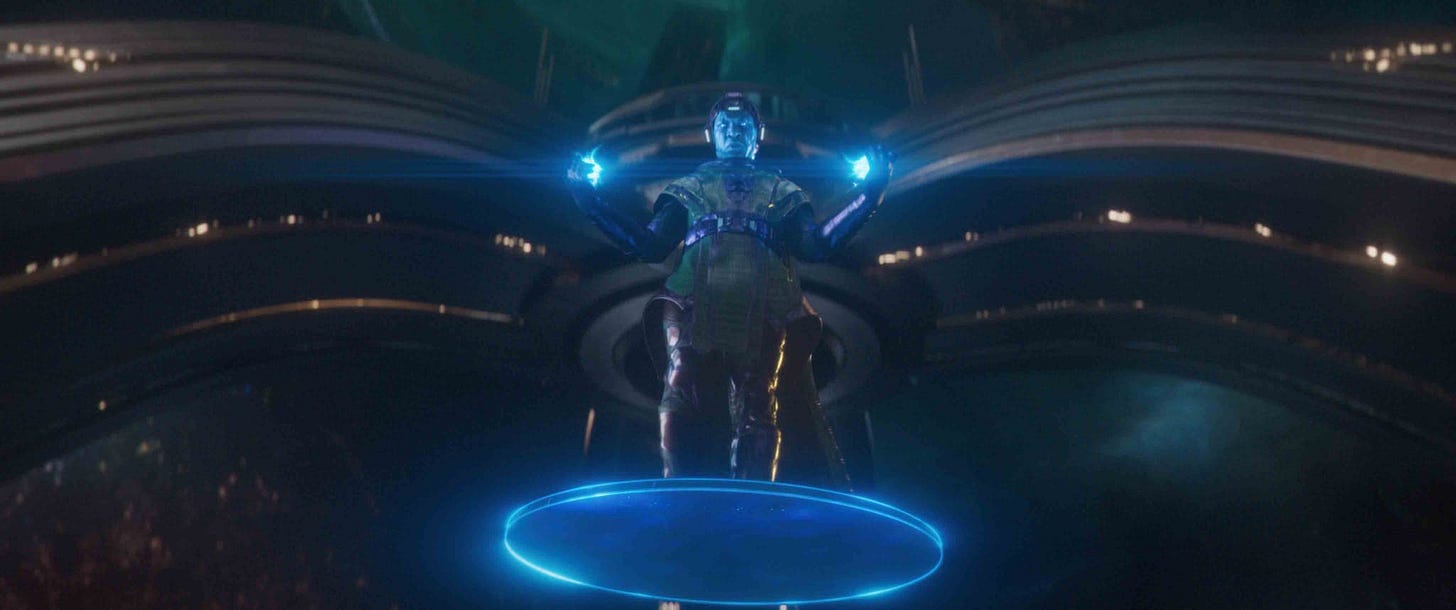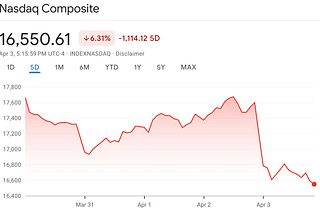

A portion of Film Twitter was atwitter the other day because a brave individual logged on to inform all the haters that superhero movies are Good, Actually. Indeed, beyond being Good, Actually, the “superhero movie” is so good that it isn’t even definable. It transcends mere genre. The superhero movie is cinema itself, a restatement of archetypal notions of good and evil.
In this telling, the superhero movie isn’t a cinematic boot stamping on the human face, forever: It is the human face, in all its complexity, in all its glory.
Perhaps. But would it be too much to ask the superhero movie to make it look as though its heroes are actually, you know, walking in a real place and throwing real punches and stomping on real human faces?
This is just one of the thoughts that strolled lazily through my mind while watching Ant-Man and the Wasp: Quantumania. This complaint is neither original nor will it likely be compelling to the genre’s legion of fans, but there’s something so incredibly hollow about the entirety of the quantum realm in which much of the action takes place.
Yes, I understand that Scott Lang (Paul Rudd), Hope Van Dyne (Evangeline Lilly), Cassie Lang (Kathryn Newton), Janet Van Dyne (Michelle Pfeiffer), and Hank Pym (Michael Douglas) are in a strange world with all sorts of weird, unnatural sights and colors and sounds and creatures, but that doesn’t change the fact that they look like they’re walking on oddly rendered clouds rather than solid ground and working against flat surfaces with computer generated backgrounds behind them where the shadows are all badly off. The problem isn’t so much that the quantum realm looks unreal; it’s more that it looks unrealized, unfinished. Digital doodles.
And this is the problem with dismissing criticisms of “superhero movies” as philistinic contrarianism. Because we all know what we’re talking about when we talk about “superhero movies.” It’s not the presence of superheroes that rankles. It’s the weightless CGI action. It’s the way everything is so obviously shot against a greenscreen and nobody has bothered to match the light sources to give half an illusion of depth. It’s the way the actors deliver dialogue without masks and then as soon as an action scene begins a CGI face covering snaps into place so doubles—either digital or of the human stunt variety—can work their magic before the masks slide back up again and Rudd (or Lilly or whoever) can fire off another quip before we rinse and repeat.
It’s the whole MCU aesthetic, in other words. And while that aesthetic still can work—it worked fine in Shang-Chi and Spider-Man: No Way Home, and Sam Raimi was able to bend it to his will in Doctor Strange in the Multiverse of Madness, imbuing that film with just enough style to annoy fans of the series—when it doesn’t work the seams really show. The seams showed badly in Thor: Love and Thunder, a near-parody of the Marvel aesthetic. And Black Panther: Wakanda Forever looked as though it was half done, particularly in the scenes that took place underwater, especially in comparison to the vastly superior Avatar: The Way of Water, released just weeks later.

Kang (Jonathan Majors), feeling blue. (Photo courtesy Marvel / Disney)
It doesn’t help that Kang (Jonathan Majors), the villain not only of this film but the “phase” of the Marvel movies to come, is weirdly unimposing. For a guy who can eliminate whole timelines, his powers seem entirely dependent on whatever the script needs him to be doing, as if they’re the inverse of “plot armor.” One second he’s firing blue rays out of his hands that are sublimating faceless hordes from solid into gas, the next he’s … in a fistfight with our leads. Why not just turn them into gas, too? I dunno, great question.
But then, I don’t understand much at all about what Marvel is doing with Kang, who has been killed at the end of two different Marvel properties, first on the Disney+ show Loki and now here. One of the small pleasures of the early Marvel movies was the idea of Thanos as a presence looming somewhere in the background, working on an ominous master plan that seemed to be growing ever closer; Kang’s appearances thus far have made him feel small, slight.
Don’t worry, though: The credits are kind enough to inform us that Kang will return to stamp on our face at some point in the future, though likely not forever.










